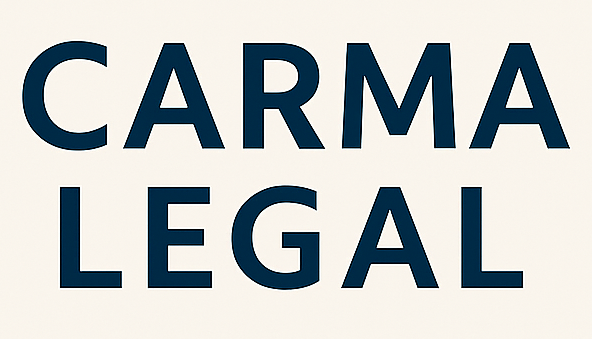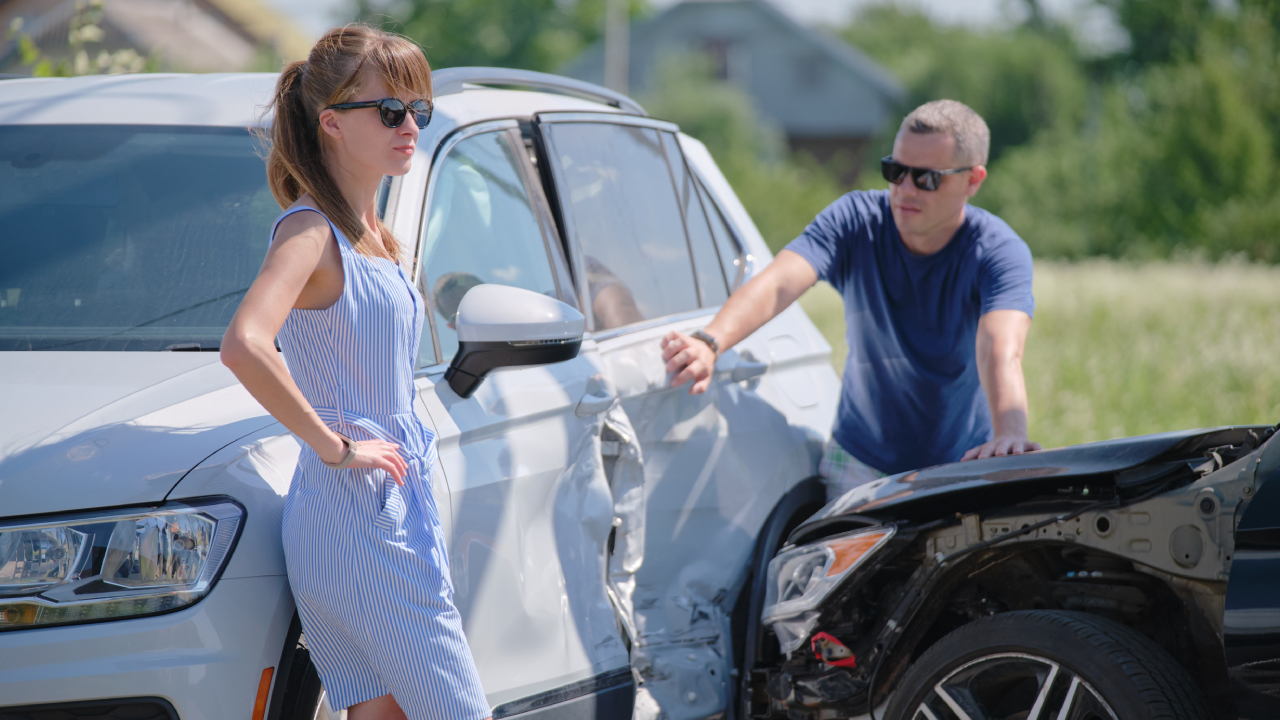When you’ve been involved in a rear‐end accident, hiring a rear‐end collision lawyer early can make a crucial difference in securing the full compensation you deserve. From escalating medical bills and lost wages to vehicle repair costs and emotional distress, the aftermath of a collision can feel overwhelming. By understanding how fault is determined, gathering essential evidence, and navigating complex insurance procedures with professional support, you can protect your rights and maximize your recovery.
This guide walks you through each step of the claims process, explains key legal concepts, and shows why prompt legal representation is vital. Whether you’re a driver, passenger, bicyclist, or pedestrian, knowing what to do next can safeguard your financial future and give you peace of mind.
Understand rear-end collisions
Rear-end collisions occur when one vehicle strikes another from behind, typically due to sudden stops, distracted driving, or tailgating. Although some impact may appear minor, even low-speed crashes can lead to significant injuries and expenses.
Types of rear-end collisions
- Low-speed impacts in parking lots
- High-speed freeway collisions
- Multi-car pileups with three or more vehicles
- Hit-and-run scenarios
Injury risks and data
Victims can suffer a wide range of injuries, including whiplash, herniated discs, traumatic brain injuries, fractures, and spinal cord damage [1]. In many cases, the force triggers chronic pain or long‐term disabilities requiring ongoing care [2]. Beyond physical harm, survivors often experience heightened stress, anxiety, and other mental health challenges after a collision [3].
According to the National Highway Traffic Safety Administration, rear-end crashes account for about 29% of all collisions involving severe injuries or fatalities [4]. In 2017, they contributed to 7.2% of crash‐related deaths, underscoring the potential severity even in seemingly minor impacts.
Identify liability factors
Establishing fault is the foundation of any successful personal injury claim after a rear-end collision. Understanding common legal principles can help you and your attorney build a strong case.
Presumption of negligence
Under the doctrine of Res Ipsa Loquitur, the very occurrence of a rear-end collision often serves as proof of negligence, shifting the burden to the trailing driver to show they exercised reasonable care [2]. Courts generally presume the rear driver failed to maintain a safe following distance or react in time.
Exceptions and shared fault
Exceptions can arise if the lead driver behaved recklessly—reversing unexpectedly, having malfunctioning brake lights, or making sudden lane changes without warning. In multi-vehicle pileups, liability may be apportioned among several drivers based on each party’s actions and the crash sequence.
Comparative negligence rules
Some states follow comparative negligence, allowing you to recover damages even if you share partial fault. For example, Missouri permits recovery reduced by your percentage of fault. An experienced attorney can work to minimize your assigned fault and maximize your award [2].
Gather essential evidence
Strong documentation is critical to proving your claim, demonstrating the extent of your injuries, and establishing the other driver’s negligence.
Police and scene documentation
- Obtain the official police report detailing statements, citations, and crash reconstruction
- Photograph vehicle damage, skid marks, debris, road conditions, and traffic signals
- Record the exact location, weather, and lighting conditions
Medical and expert records
- Keep all medical records, therapy bills, prescription receipts, and rehabilitation notes [5]
- Secure expert testimony from accident reconstruction specialists or medical professionals to explain injury mechanisms and long-term prognosis
Witness and technological proof
- Collect contact information and written statements from witnesses
- Retrieve dashboard camera footage, security video, or smartphone recordings [6]
- Ask your attorney to subpoena additional evidence if the scene was cleared or evidence was lost
Meet claim deadlines
Failing to file a lawsuit within the applicable statute of limitations can forfeit your right to compensation. Deadlines vary by state and case type.
State statutes of limitation
| State | Time to file |
|---|---|
| Minnesota | 6 years from accident |
| Wisconsin | 3 years from accident |
Other states have their own deadlines, often ranging from one to six years. Your attorney will ensure all filings occur on time.
Typical settlement timeline
- Initial consultation and investigation (1–3 months)
- Demand package to insurer (3–6 months)
- Negotiation and settlement talks (6–12 months)
- Filing suit if negotiations stall (12–24 months)
Complex injuries, disputed liability, or multi-party claims can extend these timelines. Early legal involvement helps streamline the process.
Navigate insurance processes
Insurance companies aim to limit payouts, so understanding their tactics and claim protocols can protect your interests.
Filing your claim promptly
Notify the at-fault driver’s insurer as soon as possible. Provide only factual information—avoid speculation. Missing or delayed notices can be used to deny or reduce your claim.
Common insurer tactics
- Offering quick lowball settlements before you understand your full losses
- Requesting recorded statements to use against you
- Disputing causation or injury severity
An experienced insurance claim lawyer car accident can handle communications, counter low offers, and push for a fair evaluation.
Avoiding admission of fault
Do not apologize or discuss fault at the scene. Statements like “it was my fault” can undermine your claim [5]. Stick to reporting facts to law enforcement and your medical provider.
Hire a skilled attorney
Working with the right legal professional early maximizes your chance of a successful outcome and frees you to focus on recovery.
Benefits of early consultation
- Preservation and collection of critical evidence
- Prompt coordination with medical providers
- Strategic negotiation with insurers before evidence fades
Qualities to look for
- Focus on motor vehicle accident claims
- Proven record of settlements and verdicts in rear-end cases
- Strong communication and transparent fee structure
- Empathy and support throughout your recovery journey
Specialty in rear-end claims
Attorneys experienced in rear-end collisions understand nuances in fault presumptions, damages calculation, and insurer tactics. Consider reaching out to a rear end collision attorney for focused expertise.
Maximize your compensation
Full compensation accounts for both current losses and future needs. Your attorney will quantify and prove every element of damage.
Proving economic damages
- Medical expenses: hospital bills, surgeries, physical therapy
- Lost wages and diminished earning capacity
- Vehicle repair or replacement costs
Accounting for future costs
- Long-term care or assisted living
- Ongoing therapy or medical devices
- Lost benefits, promotions, or business opportunities
Settlement vs going to trial
Most cases resolve through settlement. However, if insurer offers do not reflect your total damages, be prepared to litigate. Trial verdicts often yield higher awards but involve more time and risk—your attorney will advise on the optimal path.
Answer common questions
Do I need a lawyer?
While minor fender-benders may settle without counsel, serious injuries, disputed fault, or multiple parties warrant professional representation. A lawyer protects your rights, handles negotiations, and ensures you are not taken advantage of.
How is fault determined?
Fault is typically assigned to the rear driver under traffic laws requiring a safe following distance. Exceptions depend on lead-driver misconduct or mechanical issues. Comparative negligence rules may still allow you to recover damages if partially at fault.
What is my claim worth?
Every case is unique. Values depend on injury severity, medical costs, lost income, pain and suffering, and future expenses. Your attorney conducts a thorough damages analysis to produce a demand package that reflects your total losses.
By acting promptly—documenting the crash, seeking timely medical care, and enlisting qualified legal counsel—you position your claim for maximum success. If you’re ready to protect your rights and pursue the compensation you deserve, contact a dedicated car accident lawyer or reach out to a rear end collision attorney today for a free consultation.








